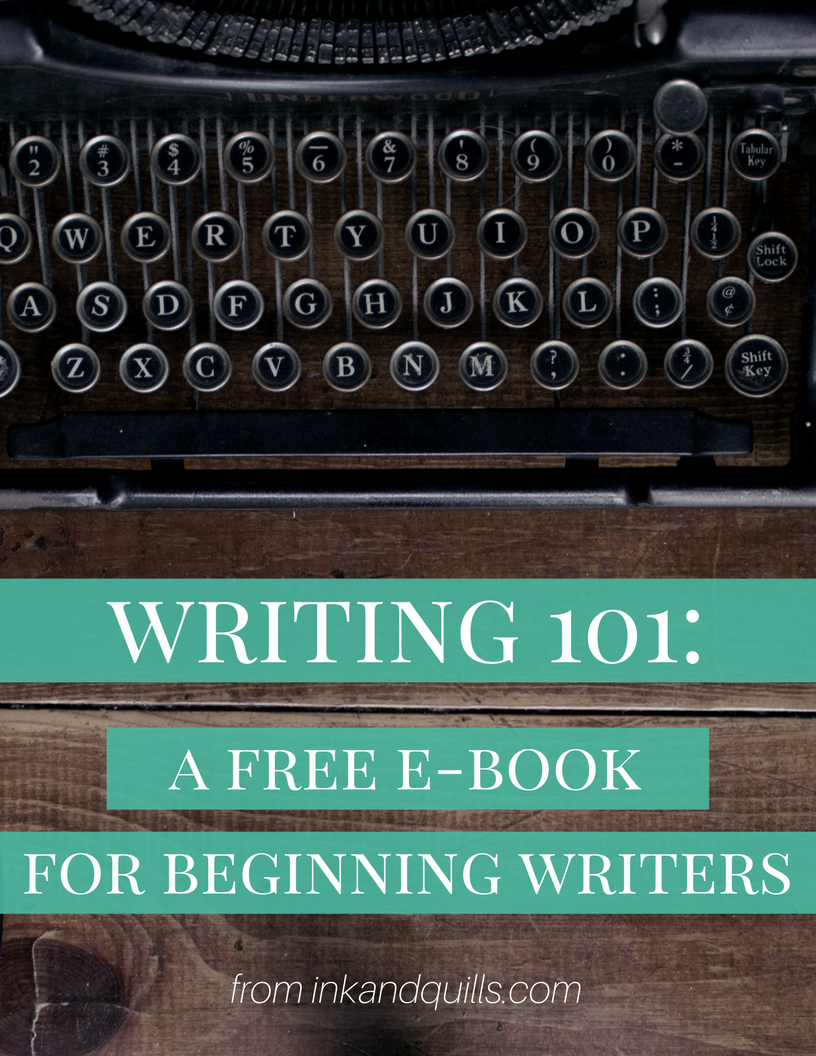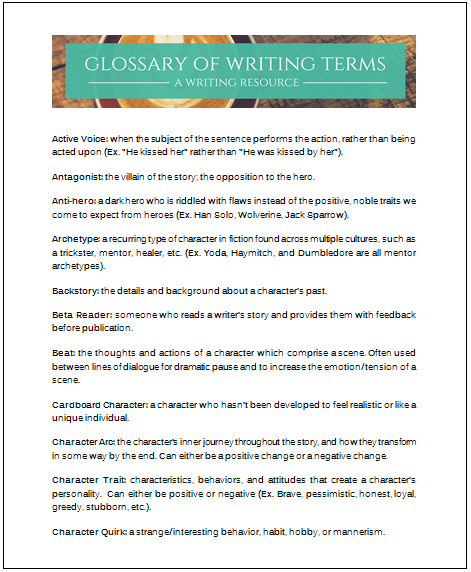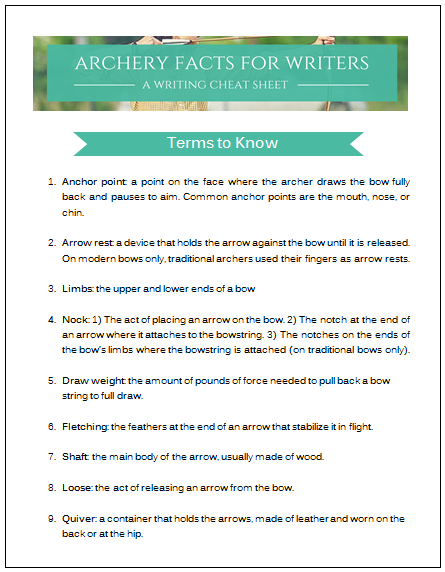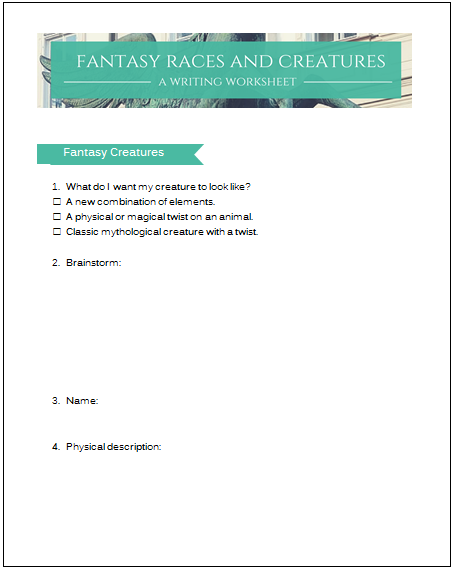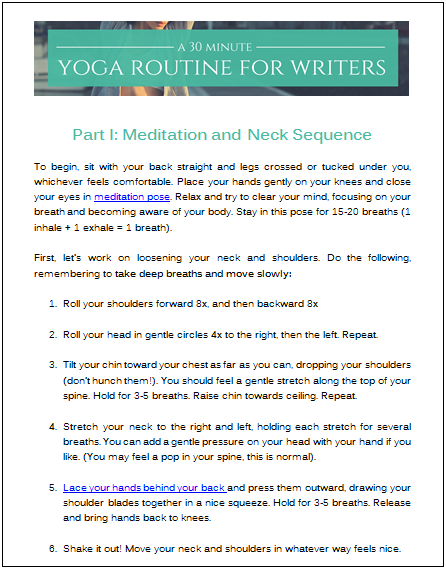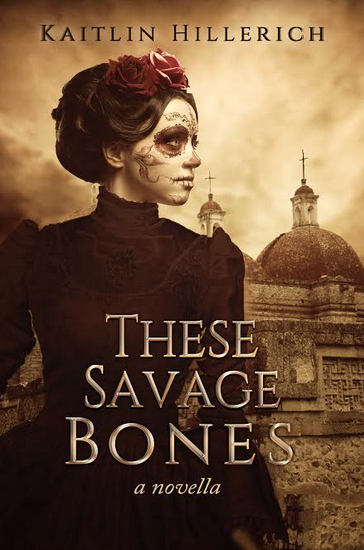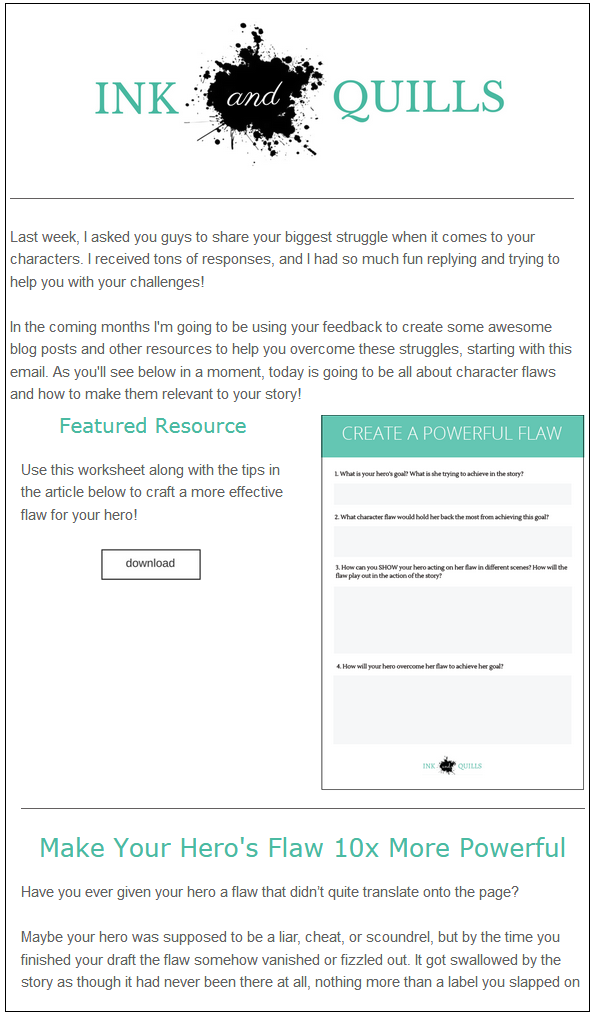 Last week, I broke down what authors can expect from advances and royalty rates of traditional publishers. Today, as promised, we’re going to take a look at the self-publishing side of things.
Last week, I broke down what authors can expect from advances and royalty rates of traditional publishers. Today, as promised, we’re going to take a look at the self-publishing side of things.
I’ve been exploring the world of self-publishing for the first time as I intend to self-publish my upcoming novella, THESE SAVAGE BONES. I’m learning as I go, and I want to share what I’ve learned with you to help make your publishing journey a little smoother. So today, let’s delve into the costs of self-publishing and what sort of profits you can expect.
Self-Publishing Costs
When you publish your book with a traditional publishing house, you’re not expected to pay any of the costs involved in creating the book. But when you self-publish you become the publisher, so all of these costs are left up to you. What kind of costs are we talking here?
- Cover Design
- Editing
- Formatting
- Marketing
Now, how much you spend on all of these can vary widely. Indie authors have published books on budgets of a couple hundred dollars to a couple thousand.
While you don’t have to spend thousands, you do want to make sure you’re putting out a high-quality product. You want your book to look professional inside and out to build trust and credibility with your readers.
So how about much should you expect to spend? Keeping in mind these numbers vary widely, here’s a very rough average: Cover Design ($100) + Editing ($1,200 for a 80k word story) + Formatting ($60)= at least $1,360, plus marketing.
How much should you spend on marketing? Again, that’s another number that varies widely. Maybe you don’t want to spend any money on marketing. Maybe you just want to spend $20 on Facebook ads. Or maybe you want to buy a Kindle for a giveaway. You can do whatever fits your budget.
I know it can be scary spending money on something that isn’t making you money yet. A lot of indie publishers say to view these costs as an investment rather than an expense since once your book is published it will continue to earn you money from royalties without any additional work on your part (except maybe some marketing).
While this is a good mindset, I’m going to be honest with you–just like with a traditional publishing house, when you publish your book you run the risk of it flopping. It might not earn back the money you put into it, or you might just break even. There’s really no way to know until you try.
With any sort of business there is some amount of risk, and as a self-publisher you are now a small business owner. And as any business owner knows, you must spend money to make money. I don’t want you to be afraid to take the risk to pursue your publishing dreams, but I do recommend you be smart about it. Spend what you can afford, and stay within your budget.
Self-Publishing Royalties
As we get into royalties in the self-publishing world, I’m going to specifically be looking at Amazon since it’s the most popular and has some of the highest royalty rates. However, there are are other platforms where you can sell your book such as Kobo, Google Play, Nook, and iBooks.
You might decide to just stick with Amazon, or you could sell your book on multiple platforms to create multiple streams of income. I’d recommend testing out different platforms to see what works for you and where your book might sell well–you never know!
When you self-publish through Amazon your have two options:
1) Kindle Direct Publishing (KDP)–This allows you to publish your e-book on Amazon for Kindle.
2) Create Space—Owned by Amazon, this allows you to publish print books. Amazon prints the books as they’re purchased and delivers them for you, and you don’t have to pay anything up front. The cost of printing the book is taken out of the profit. Your book will only be sold on Amazon, though you can pay a fee to sell it through other retailers such as Barnes and Noble.
So what are some of the main differences between traditional publishers and Amazon in terms of royalties? Unlike traditional publishers who only send out royalty checks twice a year, Amazon pays out royalty checks monthly as long as you hit the $100 minimum. Amazon authors also receive larger royalty rates, and as a self-publisher you don’t have to pay an agent their 15% of your profits for their services.
The other major difference is that in self-publishing, you don’t receive an advance. That means your book doesn’t have to pay back its advance before you start receiving royalties–you begin receiving royalties right away. (For a more in-depth explanation of advances, click here).
E-book Royalties
So what do Amazon’s royalty rates look like? First, let’s take a look at the e-books:
- E-books priced between $0.99-$1.99= 35% royalty rate
- E-books priced between $2.99-$9.99= 70% royalty rate
- E-books priced above $9.99= 35% royalty rate
Compared to the traditional publishing average of a 25% royalty rate for authors, these numbers look pretty good. Also, remember that as a self-publisher you also won’t have to give an agent her 15% cut of your earnings. Even better.
If you’re wondering about how much to charge for your e-book, let me take a moment to beseech you to please price it at least at $2.99. Your book is worth at least as much as a cup of coffee, and after all the work you put into it you deserve that 70% royalty. You might do a temporary sale or promotion for less, but please don’t undervalue your work. Mmk?
Print Book Royalties
So what about print books? First of all, Create Space only prints paperbacks, not hardcovers (thought I should point that out). Royalties also get a little trickier here, as Amazon calculates your royalties based off the cost it will take them to print the book, which seems fair enough to me. You can use their royalty calculator here to get a rough estimate. Let’s do a little math, shall we?
Let’s say you’re printing a 300 page novel with a standard 5.5″ x 8.5″ trim. Let’s say you set your list price at $12.99. After you add up Amazon’s costs & cut (the numbers listed in the right-hand column if you’re using their calculator), which total $10.02, you’re left with a profit of $2.97. That comes out roughly to a 23% royalty rate.
Now, that might not seem like much, but do you remember the royalty rate of a traditionally published paperback? It was: 8% for the first 150,000 copies sold, then 10% after. (Plus, remember, you have to pay your agent 15% of your profits.)
That means for that same paperback book you’d receive an 8% royalty of $1.04 per sale, minus your agent’s 15%.
Looks a lot better now, doesn’t it?
The Down Side…
But how many books can you expect to sell? Remember that in the U.S. on average, a (traditionally published) book sells around 250 copies per year and 3,000 in its lifetime. But for self-published books, the average is 250 copies sold in its lifetime. Ouch.
That means your $12.99 paperback with its profit of $2.97 per copy would make you a grand total of $742.50. And do you remember that $1,360 cost of creating the book we averaged out earlier? Yep, you didn’t actually make a profit. Double ouch.
The advantage to a traditional publisher is that you don’t have to fear losing money because the publisher is investing in the book, not you. And, a traditional publisher will pay you an advance (anywhere between $5k-$15k), which you won’t have to pay back even if the book loses the publisher money. So in traditional publishing, there’s no financial risk for the author.
Don’t Give Up
I know these numbers can seem disheartening, but you have to remember that they’re just that–numbers. Averages. Statistics. You have no idea how your book might do until you put it out there, so don’t let the numbers stop you from trying. You might sell 500, 1,000, or 10,000 copies–who knows.
Building a loyal readership, putting efforts into marketing, and publishing a back list books to create multiple income streams are all things you can do to increase your odds of success. And, of course, writing a kick-ass story.
Whether you choose self-publishing or traditional publishing, neither road is going to be easy. They both have their advantages and disadvantages. And with either one, it’s going to be really hard to make a living as an author. This is why most authors write for the love of it, not for the money.
But if seeing your books published is your dream and passion, as it is mine, never give up. Keep publishing, keep trying, keep failing, keep learning. And most importantly, keep writing because it’s what you love.
 My upcoming novella, THESE SAVAGE BONES, is a YA murder mystery set in 19th century Mexico against the backdrop of the traditional festival Dia de los Muertos–the Day of the Dead.
My upcoming novella, THESE SAVAGE BONES, is a YA murder mystery set in 19th century Mexico against the backdrop of the traditional festival Dia de los Muertos–the Day of the Dead.
THESE SAVAGE BONES will be released on Oct. 25th, and you can read more about the story and sign up for a publication reminder by clicking here.






